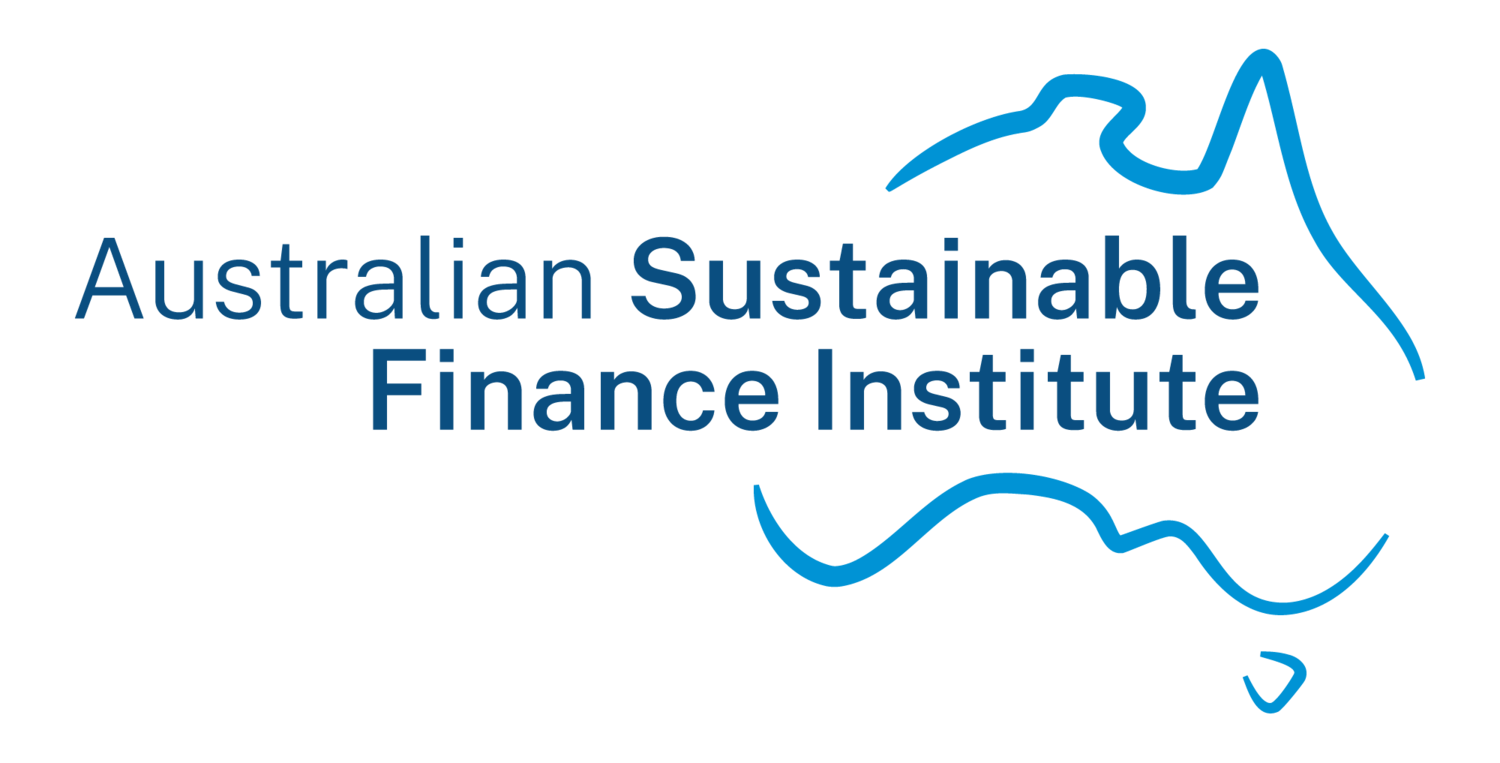Broad consensus for Australia’s sustainable finance taxonomy
The Australian Sustainable Finance Institute’s (ASFI) final taxonomy recommendations report has found that there is broad consensus across the finance sector, industry, civil society and real economy actors on the key design elements of an Australian sustainable finance taxonomy and its rapid development.
The report, released today, highlights the importance of an Australian taxonomy to guard against greenwashing and to support capital to flow in support of Australia’s transition. An Australian taxonomy is a critical element of the Government’s sustainable finance agenda alongside mandatory climate-related disclosures.
The report confirms the draft recommendations on the design of an Australian taxonomy, released by ASFI in December 2022, and lays the groundwork for ongoing close collaboration across government, regulators and the finance sector to move quickly to taxonomy development. The final report follows extensive public consultation on the draft recommendations, with 56 written submissions received from a broad range of stakeholders.
ASFI’s public consultation found that there is significant consensus that scientific credibility should underpin the development of the taxonomy, whilst ensuring that it is usable.
ASFI Chief Executive Officer Kristy Graham says:
“The key impetus for the development of a taxonomy were calls from the finance sector for a credible framework to help guide the allocation of capital towards decarbonisation activities in the Australian economy.
We have now seen broad support for this beyond the finance sector through our consultations. The importance of ensuring the taxonomy is credible, transparent and inclusive was raised throughout the responses to many design recommendations.
As ASFI has found through our research and consultations, the development of a taxonomy that is science-based will be critical to its credibility internationally. However, other jurisdictions have found usability challenges, particularly around data limitations and how criteria are applied to different users. We need to build on lessons learnt to enable broad uptake, and ensure the taxonomy is useful and applicable to financial decision makers in the Australian context.”
Consultations also confirmed strong support for the inclusion of a transition category. While there is still more work to do on the methodology that will underpin the transition category, Graham says “Approaches being taken in other jurisdictions, such as Singapore and Canada, provide a valuable starting point. We have also received feedback through our consultations which will help to accelerate this work in the Australian context.”
ASFI released its initial recommendations paper in December following an announcement from the Treasurer of Australia, the Hon Jim Chalmers MP, that the Government would develop an Australian sustainable finance strategy, with the taxonomy as a foundational element.
“Given how critical a proper taxonomy is to a credible sustainable finance agenda – to help investors align with climate targets, to attract capital that supports the transition, to support regulators tackling greenwashing – it’s so important that we develop our own,” Chalmers said.
The Treasurer also voiced the Government’s commitment to working collaboratively with ASFI and industry on the taxonomy’s development.
“ASFI welcomes the Government’s leadership in this space and is continuing to work closely with Treasury, financial regulators and others across government as ASFI moves into the next phase of taxonomy development,” says Graham.
ASFI commenced work on the scoping of an Australian Sustainable Finance taxonomy in May last year following strong support and financial backing from industry, including superannuation funds, asset managers, banks, insurance providers and financial services firms, and expects to commence the development phase of the taxonomy later this year.
Explainer: What is a taxonomy
A sustainable finance taxonomy is a set of definitions of activities or assets that are considered sustainable, and which can be used to define sustainable investments credibly and transparently. Taxonomies help to make it easier to identify opportunities, to create sustainable assets and activities and guide capital to support the achievement of Australia’s climate, environmental and social objectives. They also provide the finance sector with confidence and assurance of sustainability claims, enabling comparability between investment products and portfolios and reducing transaction costs.
Download the media release.
Download the report.
